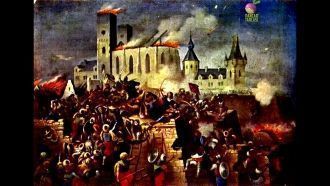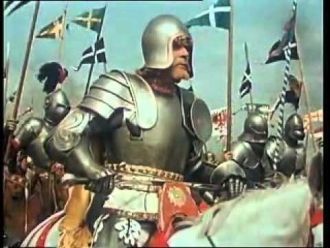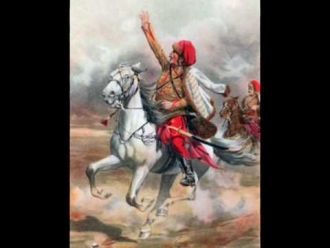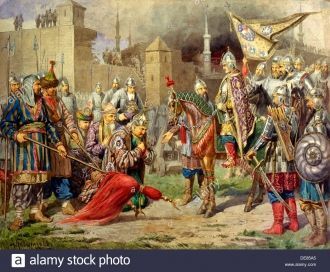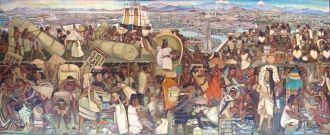Hungary
In 1552 a small, ill-prepared Hungarian garrison numbering less than 2000 and holed up in a small border fortress, was confronted by a massive Ottoman army at least twenty times larger.
The defenders were a motley crew made up of soldiers, untrained commoners and women, by contrast the Ottoman forces were a finely honed fighting machine, they arrived to Eger on the back of some impressive victories and were very experienced (and successful) in the art of siege warfare.
Against all the odds, the Hungarians won, holding out for a month by which time the Turks had had enough and retreated.
It is hardly any wonder, then, that Eger and its castle have become a place of pilgrimage for Hungarians, it has been the subject of films and fired the imagination of writers and poets.
A historical novel based on the siege "Egri Csillagok" (translated as "Eclipse of the Crescent Moon") is, according to a recent survey, the best loved book in Hungary and required reading for all primary age school children, so don`t be surprised by all the children swarming around Eger, they`re learning about their glorious past.
The account of the siege has been largely distorted over the years in the service of national pride, it is, however, possible to reconstruct the events of that memorable month with a relative degree of accuracy.
The Ottoman force that encamped outside Eger on September 11th was in fact two armies: one led by Khadim Ali Pasha that had come from Turkish occupied Buda and the other, by Kara Ahmed Pasha which had been sent by Sultan Suleiman.
The attackers trained their cannons on to the weaker parts of the castle, the outer walls, and the siege proper got underway on September 16th with a massive barrage from the Turkish line.
The main role of the cannons was to destroy the walls, the defenders couldn`t do much as their cannons were smaller and didn`t have the range to hit back.
They did, however, periodically send out cavalry units to disrupt the bombardment but it was not enough and gradually much of the castle wall was reduced to rubble.
With the walls breached, Kara Ahmed Pasha directed his troops to charge the castle.
Attack after attack failed to displace the defenders, so the Turks began to dig mines under the castle in an attempt to set explosives and destroy the remaining parts of the castle.
The Hungarians, under the command of Istvan Dobo, were wary to this and constructed counter mines (today you can visit one of these in the castle) to blow up the Turks before they got blown up themselves. It was a deadly game of cat and mouse which ended on October 4th when a huge explosion destroyed the castle`s gunpower store in the tower of the cathedral.
Dobo`s second-in-command was a particularly valuable asset, Gergely Bornemissza devised many ingenious weapons to help in the defence including mill wheels stuffed with explosives and fuses that were rolled into the oncoming enemy and created absolute panic. A reconstruction of the`firewheel`, along with suspect special effects, can be viewed in the castle.
By October 11th, the Ottoman commanders had had enough and they launched an all out assault on the castle. This lasted for two days and the defenders reached breaking point. In desperation, the fabled Women of Eger were called into action and poured hot water, bitumen and oil on to the attackers desperately trying to scale the walls.
The battle went on for two, long days and eventually the Turks had to concede defeat. They concluded they could not take the castle before winter set in. As they had destroyed all the villages and burnt all the crops in the surrounding area they could not sustain such a large army over the harsh winter.
On the 17th and 18th October the armies withdrew, leaving the Hungarians in a state of victorious exhaustion.
It is estimated that the Turks lost 8000 men and the Hungarians just 300. Yet, the castle was as good as destroyed and all knew that this was only a respite - the Ottomans had been defeated but not beaten.
Source: http://www.ieger.com/eger-1552.html



 Hungary,
Hungary, 